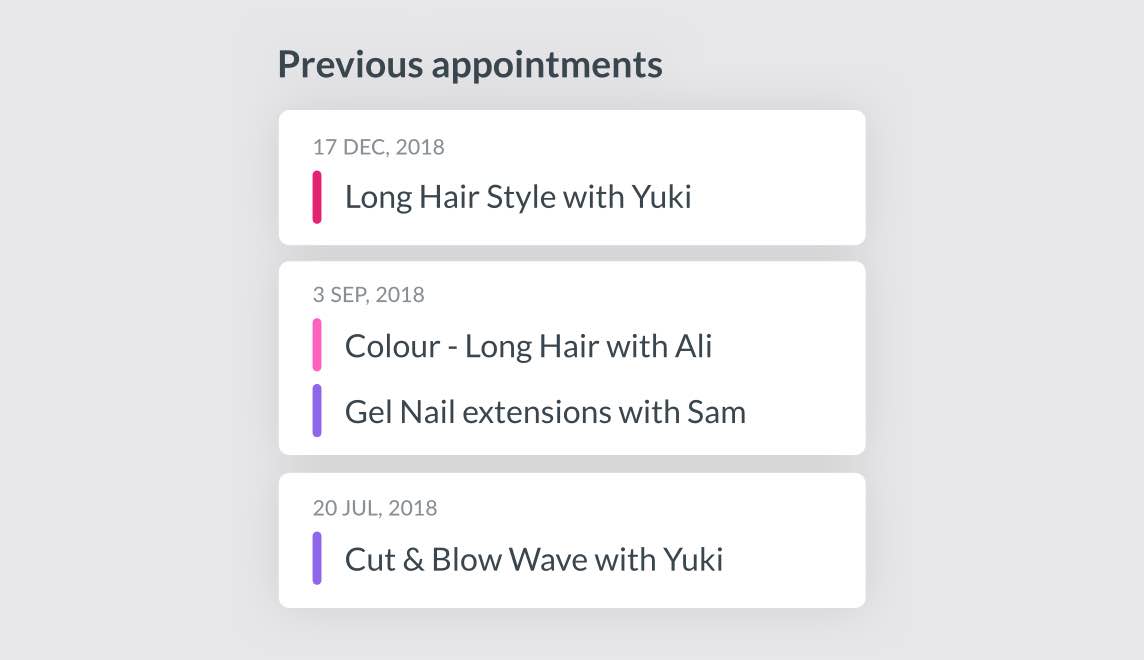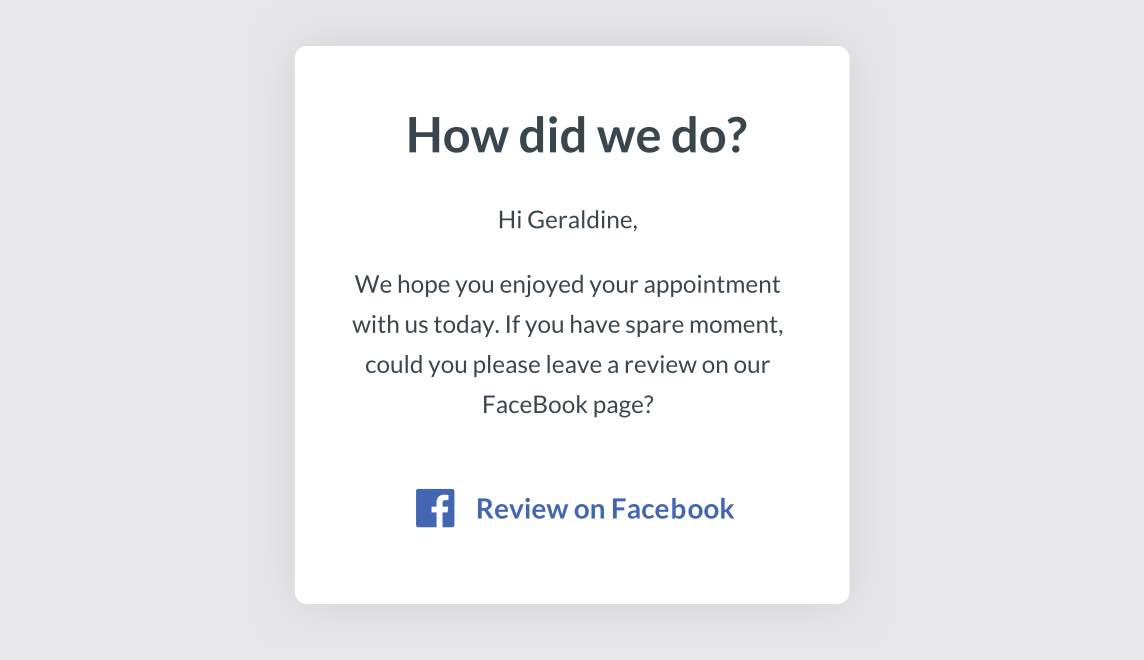Why it’s important to collect customer data

Imagine this scenario. Your salon needs a boost of new clients so you’ve spent hours of your time designing and writing an amazing direct marketing mailbox campaign, one that’s going to bring those customers through the door in their droves.
You send the flyer to the printer and ask for 5000 to be printed in full colour because you really want to impress those potential new customers with your flashy looking flyer.
Once printed, you hire a company to deliver the flyers on your behalf. The day arrives when the flyers are to be delivered. Then the phone starts ringing off the hook with excited customers wanting to book in for that amazing pamper offer they read about in your flyer.
After 2 days you’re feeling so excited, over 100 customers have called to book in and all your hard work and expense has paid off. Your staff will be booked out for weeks in advance and you’ll be able to pay some overdue bills that have been playing on your mind.
Over the next few weeks the salon is buzzing with new clients and the till is filling with money. Great. Mission achieved. Or is it?
After a few weeks you think that it’s probably time to start thinking about sending a follow up letter to welcome all these new clients to the salon. Only about 20% have rebooked, so a letter with a welcome voucher is sure to bring some of those customers back for another visit. You go to your computer software system and what you see makes your stomach turn.
As you look through client file after client file in your system you realize that your team have been collecting nothing more than a first name, and if you are lucky a mobile number which has probably been entered incorrectly.
All that time and money spent on getting those customers to walk through your doors has just been flushed down the drain!
Does this scenario sound familiar?
I have spent the last 6 years mentoring and coaching salons and still to this day I am surprised the lack of importance put on collecting as much information about a client as possible. And it’s not just staff who forget, it’s many salon owners too.
BUT, it’s this information that gives your business a value. Whether you use a software system such as Timely or client cards, if you ever want to sell your business then interested buyers will look at your database, and then run a mile if it’s incomplete.
If you ever want to sell your business then interested buyers will look at your database, and then run a mile if it’s incomplete.
Not only that but it is way more expensive to continually be doing new client drives, than it is to market to existing customers. To get new customers you have to identify who your ideal customer is, where they most likely live or work, what they read and so on. Doing a mailbox campaign or a glossy magazine ad every month can be costly and involves the time spent putting it together.
Having a database with lots of information about your customer is perfect! You can specifically target them with marketing relevant to them and YOU can choose the marketing media that you want to deliver the message to them in, be it text, email, direct mail or whatever. It’s low cost and highly effective.
Its important to remember when doing a marketing campaign to get new customers that its purpose is not to make a sale. It’s to make a lifetime customer. That’s the value of it!
So collect everything you can, from their name, phone, address, email to when their birthday is, how many kids they have and what age, how they like their coffee made – as much as possible because it makes your targeting more effective.
Collect everything you can, from their name, phone, address, email to when their birthday is, how many kids they have and what age, how they like their coffee made.
So here are 7 really important points to remember and to share with your team when it comes to data collection:
1. Not recording your client’s service detail is negligent.
It will cause you embarrassment and your client frustration when they want to refer to it on their next visit.
2. Allowing a client to leave the salon with no way to contact them costs the salon thousands of dollars in potential income.
Think of it this way, if your average client spends $2000 per year in your salon, then each person that walks out could be costing your business $2K. If that happens hundreds of times a year, well that’s just depressing!
3. A salon’s database is one of its most important assets.
4. You are degrading the value of the salon by simply not maintaining your client records.
5. Filing information away safely is imperative.
Clients privacy is utmost. If you were a client and saw other client cards laying around the salon, would you be wanting to fill one out with your own information? Would it make you feel like any care was taken at that salon?
6. Your marketing team (which is quite often the salon owner) cannot do their job without customers contact information.
7. If a complaint against the salon was to occur and you have not collected personal and relevant information pertaining to that client, the salon as well as yourself could have legal action taken against you.
Make life easy and use a software system such as Timely to help you manage this data. It makes it simple when you want to pull up all kinds of reports on customers.
So when should you be collecting this data about your customer?
Quite simply, from the moment they call up to make their booking you should start to make notes about this person. Then when in the salon they should be filling out a client form that you can enter more details in the software system.
And use the whole treatment as a way of building up a profile on your customer. It may be that they are proudly talking about their 5 year old who has just started school, they may not even know you are making note of it, but will be very impressed when you ask them the next time they visit “so how’s school going for little Emmie?” It shows you care, and that you listen!
Then before they leave the salon and buy their products you can collect some more details from them which could be really handy for selling retail to them in the future.
So sit down with your team over the next week and go through your data collection policy. If you find that your database is a bit incomplete then get your staff to update it as much as they can in their down time. If some clients have a phone number but no address, then use it as an excuse to contact them and tell them you have an amazing offer you’d like to post to them, giving you a reason to get their address.
Happy data collection!


